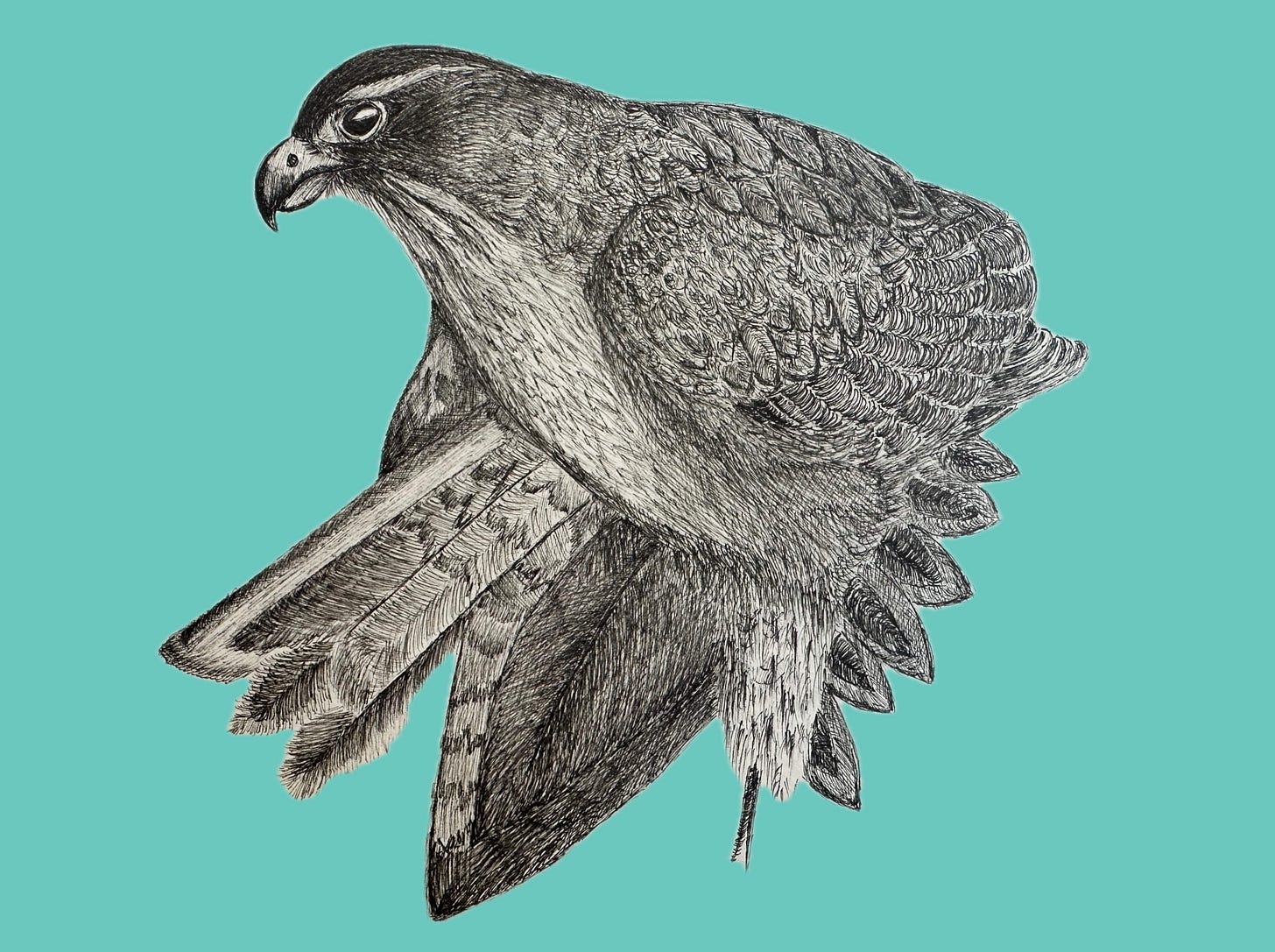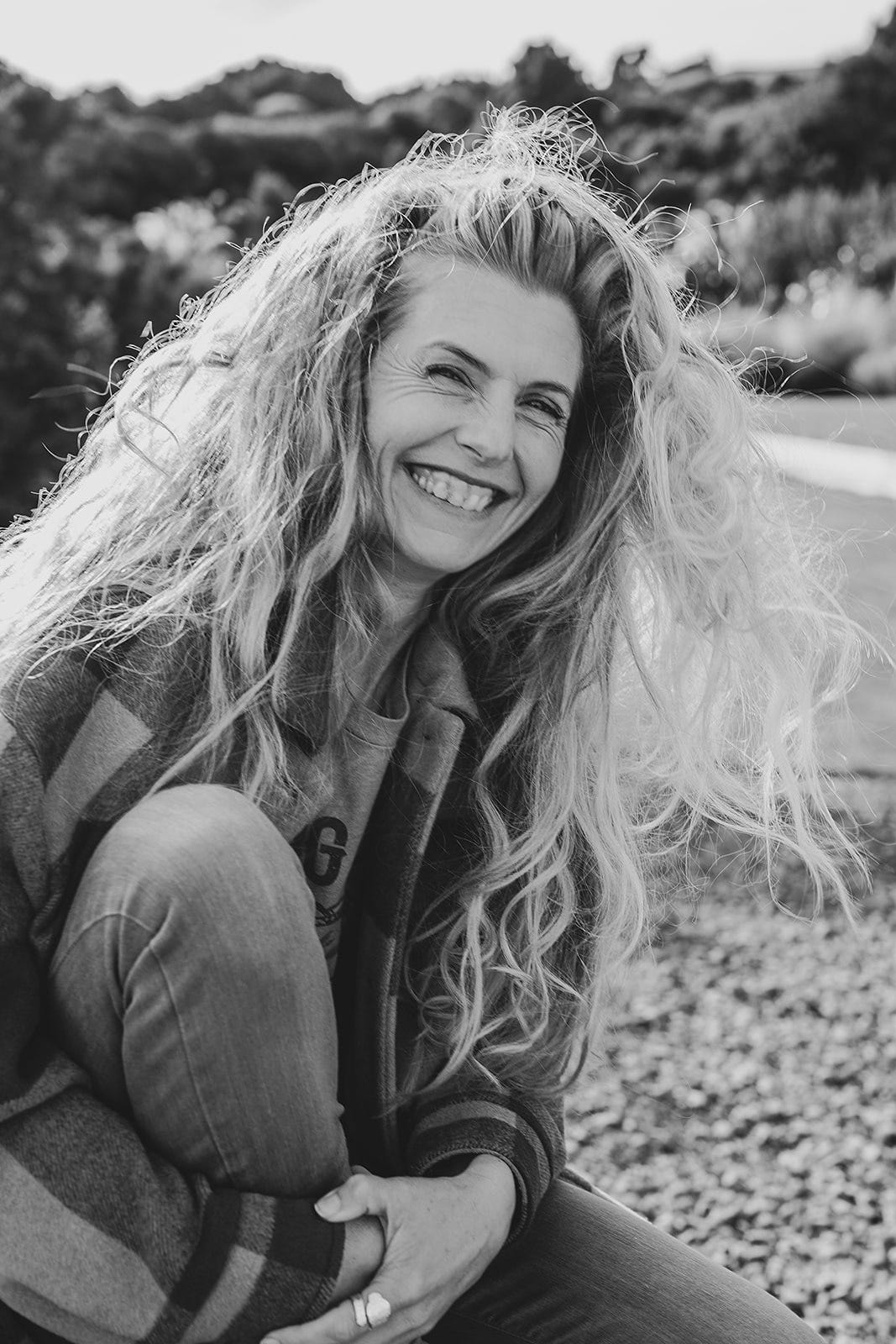How do we make this anger beautiful?
When anger is the appropriate response || Separating emotion out from action
What is anger if not protection?
What is protection if not care?
What is care if not action?
What is action if not love?
When asked about the lifting of protections for New Zealand’s endangered Sea Lions, Minister for the Oceans and Fisheries, Shane Jones, responded “I think we’ve got bigger things to worry about.”
He walked away from the meeting chanting, "Free Willy, Free Willy, Free Willy", later speaking of his desire to open conservation areas for mining.1
In his usual charismatic form, he said in a post on social media:
“I don't care about these woke, riddled munchkins who want to fry eggs on solar panels.
We mine less than 1% of the DOC (Department of Conservation) estate and half of it’s not really DOC estate, it’s overrun by rats and weasels and greenies who don’t even know how to look after it.“2
And then there’s Conservation Minister, Tama Potaka. When asked about his plans for endangered species, he said:
"If we say, hand on heart, we're going to save every single species and get it out of a space where it's endangered or at risk that job is going to take an absolutely, probably superhuman effort, that'll cost, I don't know, I wouldn't want to imagine the cost, but that is literally hundreds of billions, maybe trillions of dollars, and I don't think we're in that space.
There is a cost with maintaining species and ensuring that they don't become extinct. And I don't think anyone in the history of the Department of Conservation has costed that in a [meaningful], defensible and credible way, and if they have, please tell me."3
Allow me to introduce the men in charge of our forests and our oceans.
Welcome to clean, green New Zealand.
The New Zealand wilderness is under assault by a government concerned only with economics and themselves. Bills are fast tracked behind closed doors; environmental protections are undermined, rescinded and reversed. Deals are done which all but guarantees the extinction of many species, and causes suffering and pain to countless others.
These actions create wounds that are present in our bodies, festering under the illusion of power and the false narrative of ownership. A wound that stays open for as long as our government—and beyond that, individuals— assert a self-appointed right to ravage what belongs to everyone and no-one at the same time: our land, our water, our air.
It’s a story that’s repeated the world over. Our climate is in crisis. Our wild lands are diminished and destroyed.
The beauty that remains requires our devotion.
Which is why I want to talk to you of anger and appropriate responsiveness.
Which is another way of saying that I want to talk to you of love.
Which is another way of saying, we need each other.
Stick with me.
How do we make our anger beautiful?
Anger is an emotion that’s been misappropriated and, in many cases, maligned. It’s seen as belonging to those who desire power over, is understood as the precursor to unkindness, cruelty and violence.
It might be that we ourselves have a complicated and confusing personal history with anger, one that has led to actions we’re not proud of, conversations that did not play out as intended, to outbursts, misunderstanding, or to loss.
This is really not surprising; anger as an energy is bright, fiery and fierce. It is both guardian and sentry, the witch and wizard standing at the impasse and declaring ‘thou shalt not pass.’
And as with fire of all sorts, as we have recently come to witness, it’s energy requires some containment. We need our anger, yes-- but equally we need skills to allow our anger to uplift us, lest our insides turn to ash and it all burns.
But the main reason why we’ve come to fear our anger?
Because we understand it not just as an emotion but an action, as though the two exist together.
Parsing them apart allows us to ask the question:
How do we make our anger beautiful?
… which is when things start to get really interesting.
When anger is the appropriate response
When we talk about how our brain and body respond to the world, what we are searching for is not one state of being. Calm and relaxation are not the goal. What IS the goal is a nervous system that offers the appropriate response.
Appropriate responsiveness is when how I respond- physically and emotionally- matches the situation I am in.
That means that there is no such thing as right or wrong, good or bad.
There is only, does this response match the reality of this moment?
When we are feeling our way rather than thinking our way through the world, our sensory system and unconscious processes take care of this for us. Assuming we are living in a situation where the needs of our animal body are being met, we move fluidly and rapidly between different emotions and responses according to our environment and situation.
Each moment is new and consequently, we respond in new ways also.
Ever evolving new-ness is who we are.
The situation most of us find ourselves in, however, is a state of overall dysfunction. We have lost our ‘nervous system fluidity’ and become stuck on a channel that sees us cycle round in reflexive modes of experience, rather than as a body living and transforming through ongoing, adaptive change.
But I don’t want to stray too far away from our topic (if it’s interesting, we can speak more to this another day. We have a lot of ground to cover).
So, for now, it’s back to anger.
Considering appropriate responsiveness, anger is not good or bad, right or wrong.
It’s just a question of,
Is it appropriate?
If you read my introduction and felt angry, I would tell you that’s the appropriate response.
I would tell you that your anger’s real and valid.
I would say that the beauty that remains requires your anger.
And I would thank you.
Emotion exists separately to action
A point of liberation in my life came when I understood that no emotion lives together with an action.
Emotion is an internal physiological event; it does not decide how I use my body, voice or power. Or at least, it doesn’t have to.
In other words (as if I haven’t used enough up ‘til this point):
There is no emotion that intrinsically creates a set of predefined responses.
Emotions as actions are not a thing.
Don’t get me wrong- they can be.
Emotions tied together with actions is what I understand in my work as a sympathetic reflex patterns and this type of coupling together is also evident in situations we would describe as trauma. Again, a different conversation (and yes, it’s possible to decouple this response).
But for what we’re speaking of here, to feel angry in response to injustice, misuse of power and the decimation of our environment is healthy, appropriate and brings us back to the question we asked earlier:
How do we make this anger beautiful?
How do we make this anger something that does not destroy us?
How, how, how do we make this anger beautiful?
Tending to your animal body as a act of activism
Whether I hit the mark or not, my writing is a portal for my activism. I want to use my creative voice in as many ways I can to inspire, uplift and protect our wild lands, our wild creatures and our own wild hearts.
I believe my obsession with creating- in writing, in art, in life- is the result of decades of working with my body and my nervous system.
I also believe that tending to yourself, learning about your nervous system and understanding the needs of your basic physiology is something, if you have the luxury and privilege to do so, that is a radical act.
wrote in her glorious book Weathering something that speaks to this, and that I hold close to my heart:Your contribution needs to suit your character.
A body and a nervous system that is adaptive and responsive creates a being that can meet big pressure, big energies and big experiences and does not need to turn away.
That can moderate themselves to sustain.
It is a body and being who can hold all this within the edges of their skin and not lose touch with their agency.
It’s a body that stays in the long game.
It’s a body that asks, how can I contribute?
And that answers in return:
In a way that suits my character.
The space between
Before we begin here, I want to add a brief disclaimer: If you are in a violent situation or someone is using their anger as an excuse to cause harm, this is not an act of love. Not even close.
What we are talking about here is anger in response to things that move you and as a call to protect the things you love. I’m trusting you can use your own discernment.
Allowing anger to be motivating and uplifting means recognizing how you feel as an act of love. That you can see it as a messenger that calls on you to rise, to meet and to do what you need to, as is appropriate and possible for the situation.
What this requires is the skill to ask:
How do we make this anger beautiful?
And the space to consider:
What is the action?
The prompt for this whole piece came from a journalling session that was led by
. In that session, she spoke eloquently of the importance of empathy. How we need to cultivate empathy as a skill by actively and intentionally seeking out ways to flex our empathy muscles, even in situations where we don’t feel like it.Especially in situations where we don’t feel like it.
I offered at the end that actively cultivating empathy is a practice for the space between:
Where we feel the rising of the emotion and we’re considering our response.
When we are asking ourselves, what is our action?
Not to become apathetic or rest in toleration. But as a way of reclaiming our agency and matching an action with our emotional experience that ensures we show up in a ways that are gentle, fierce and kind.
Agency is the most important thing.
If an experience takes us away from our agency, then the first thing to consider is what we need to get it back.
How do we make this anger beautiful?
What is the action?
And if agency is lost, what do I need to get it back?
My anger and my love are siblings
They dare me to dream that the wonder and fascination I experience in the world is possible in another person’s eyes.
They dare me to believe that healing for all of this is possible:
Our wild spaces, our wild creatures, our wild hearts.
How do we make this anger beautiful?
xx Jane
https://www.stuff.co.nz/politics/350461093/oceans-and-fisheries-minister-shane-jones-scraps-sea-lion-safeguard-amid-declining-population
https://thespinoff.co.nz/politics/04-06-2024/shane-jones-pro-mining-culture-war-risks-destroying-the-industry-he-loves
https://www.rnz.co.nz/news/national/519991/conservation-minister-tama-potaka-says-saving-every-species-is-very-aspirational







This is beautiful, Jane. (Well-fueled by anger, no doubt.) My blood definitely boiled reading the first part. Who are these *men* who’ve appointed themselves in charge of everyone’s future? Love the call to use anger as a catalyst for beauty and creativity. Where I stumble is in finding a scrap of empathy for those men who, entrusted with positions of power, blinded by money and greed, assume human enterprise matters above all else. I feel nothing for (and from) them but rage and grief.
Absolutely love the clear way you have expressed everything here, thank you so much.
Also, a I live so far away from you, I didn’t realise about the rape and pillage of your beautiful land. I’m so sorry yet feel so helpless for all that is being ruined. I feel the anger and sadness acutely.